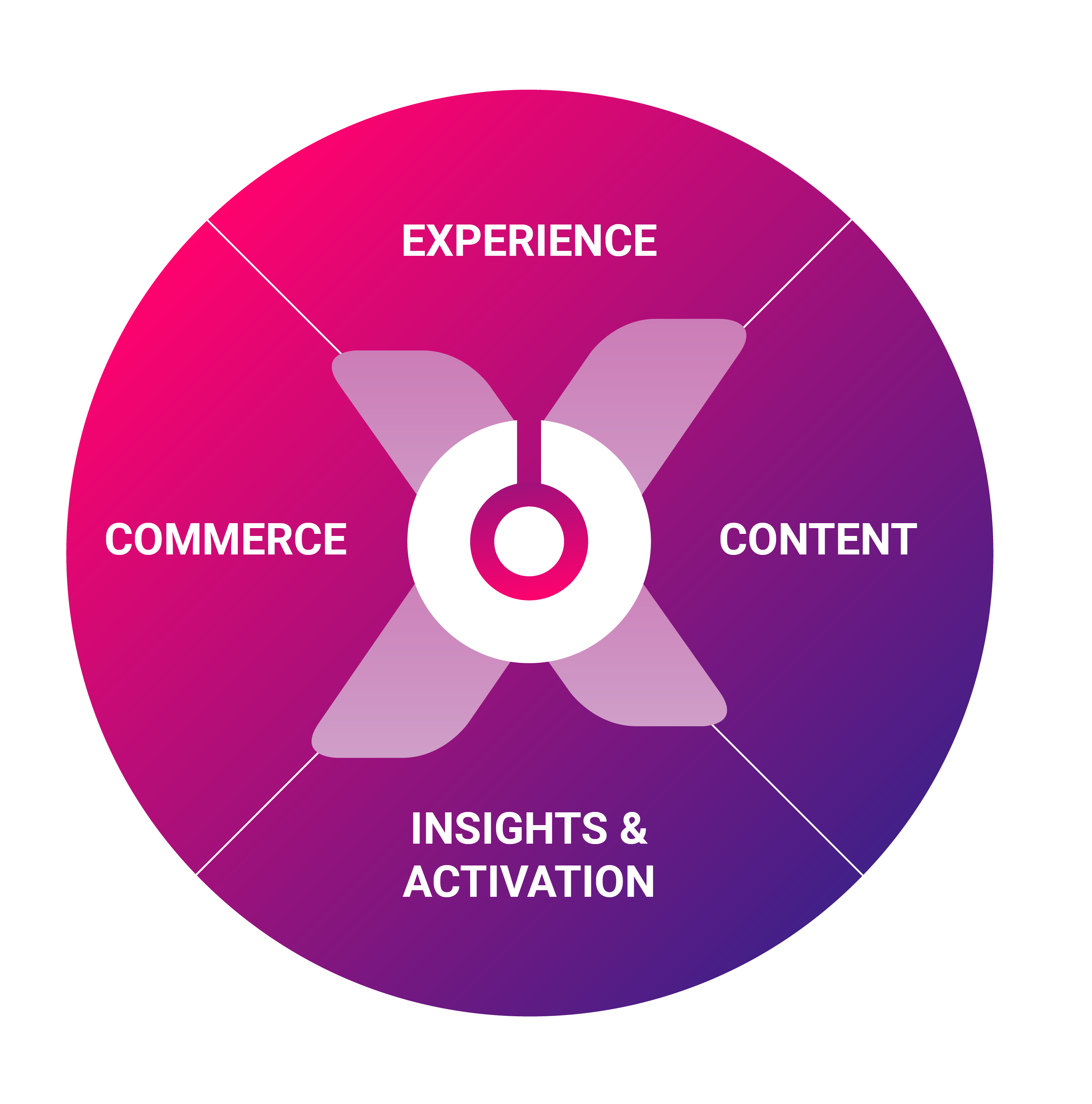Our work
-


Rapala’s headless commerce solution
Vaimo built a new headless solution for Rapala on the Adobe Commerce Cloud platform. The project included a total brand refresh and introduced new modern functionalities.
View project -


Elons AI assistent
Read about the AI-powered sales tool that makes in-store salespeople even better equipped to provide fast, accurate and personalised service.
View project -


Tarkett composable commerce implementation
Tarkett partners with Vaimo to pioneer their D2C ecommerce journey, to connect directly with customers while expanding across markets.
View project














